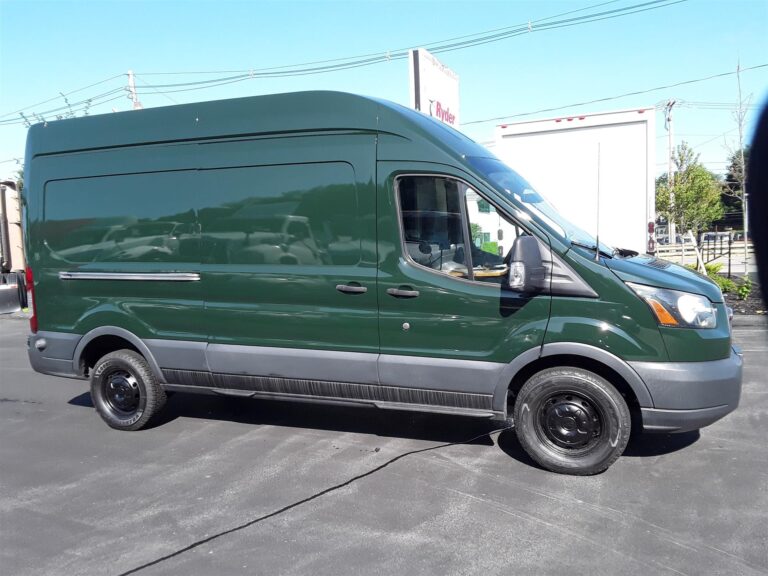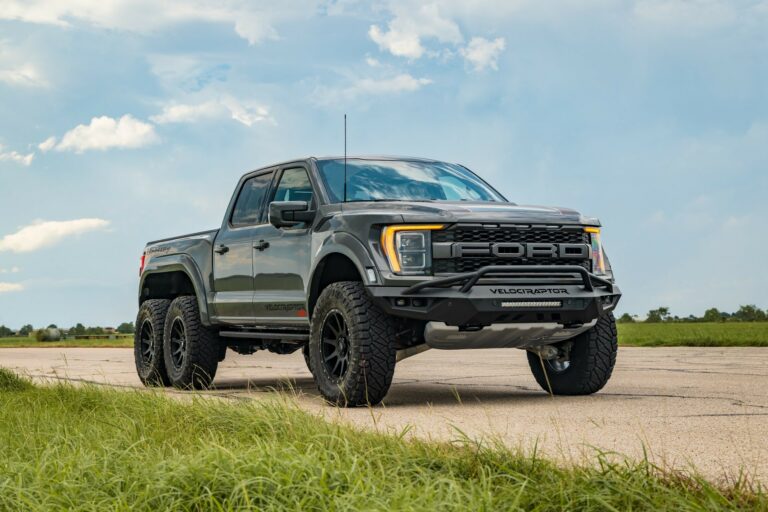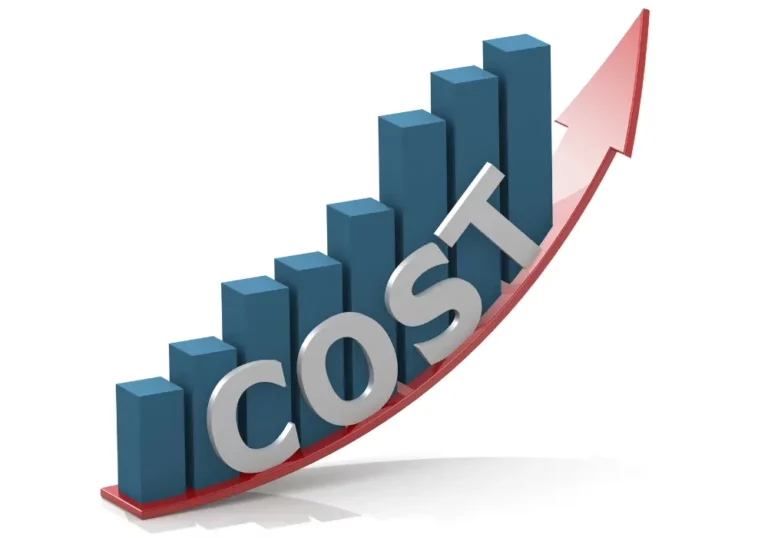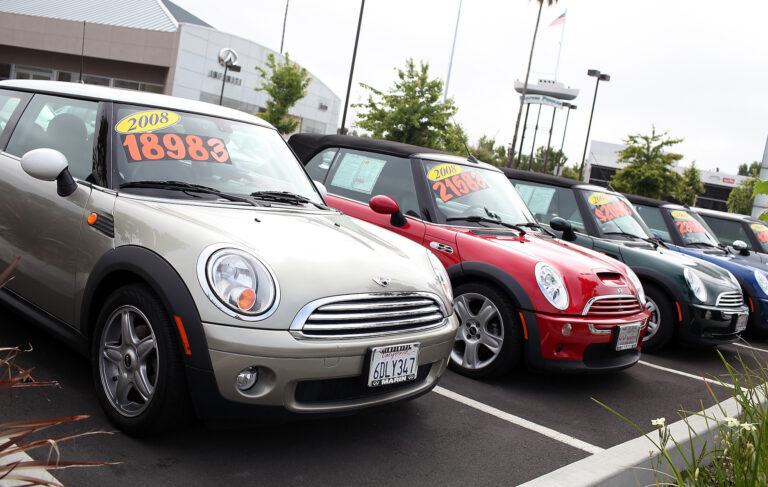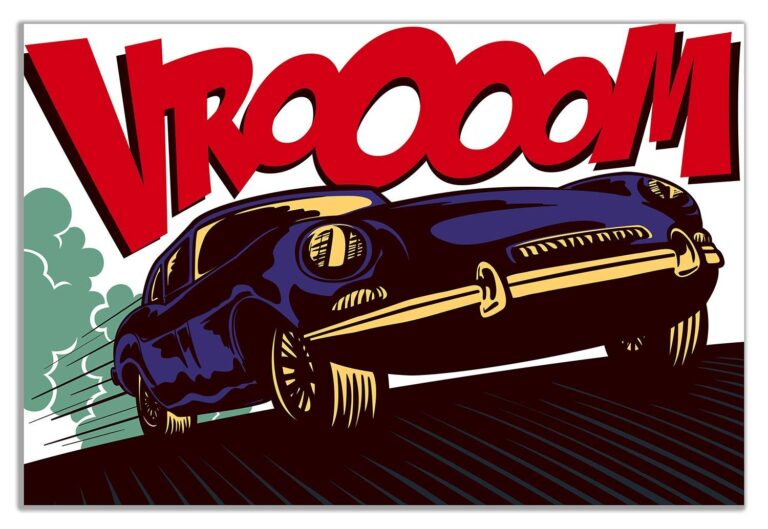Scania Trucks For Sale USA: Navigating the Niche Market of Swedish Engineering
Scania Trucks For Sale USA: Navigating the Niche Market of Swedish Engineering cars.truckstrend.com
In the vast landscape of American trucking, where Freightliner, Kenworth, Peterbilt, and Volvo dominate, the name "Scania" often evokes a sense of intrigue, rarity, and a touch of the exotic. Known globally for their robust engineering, fuel efficiency, driver comfort, and distinctive modular design, Scania trucks are a common sight across Europe, Asia, Africa, and Latin America. However, in the United States, finding a Scania truck for sale is not as straightforward as browsing a typical dealership lot.
This comprehensive guide aims to demystify the world of Scania trucks in the USA. While Scania does not currently maintain a widespread commercial truck sales network for general freight haulage in the United States, a dedicated community of enthusiasts, specialized vocational operators, and heavy-haul companies seek out these Swedish workhorses for their unique attributes. This article will explore where to find them, what to consider, the challenges involved, and how to navigate the complexities of owning a Scania in the American market.
Scania Trucks For Sale USA: Navigating the Niche Market of Swedish Engineering
The Allure of Scania: Why Seek Out Swedish Engineering?
Before diving into the "how-to," it’s essential to understand why a discerning buyer might go to the trouble of acquiring a Scania in the USA. Scania’s reputation is built on several pillars:
- Durability and Robustness: Scania trucks are engineered to withstand demanding conditions, offering a long service life and high reliability. Their modular system allows for easier maintenance and component interchangeability.
- Fuel Efficiency: Scania’s engines are renowned for their optimal performance and impressive fuel economy, a significant advantage for any operator.
- Driver Comfort and Ergonomics: Scania cabs are designed with the driver in mind, featuring intuitive controls, excellent visibility, and a comfortable, quiet environment, reducing fatigue on long hauls or demanding vocational tasks.
- Safety: With advanced braking systems, superior stability, and robust cab construction, Scania prioritizes driver and road safety.
- Performance: Their powerful and torque-rich engines, often V8s, are particularly favored for heavy-haul, specialized transport, and vocational applications where brute strength and sustained power are critical.
- Exclusivity and Prestige: In a market dominated by domestic brands, owning a Scania offers a unique identity and a statement of quality.
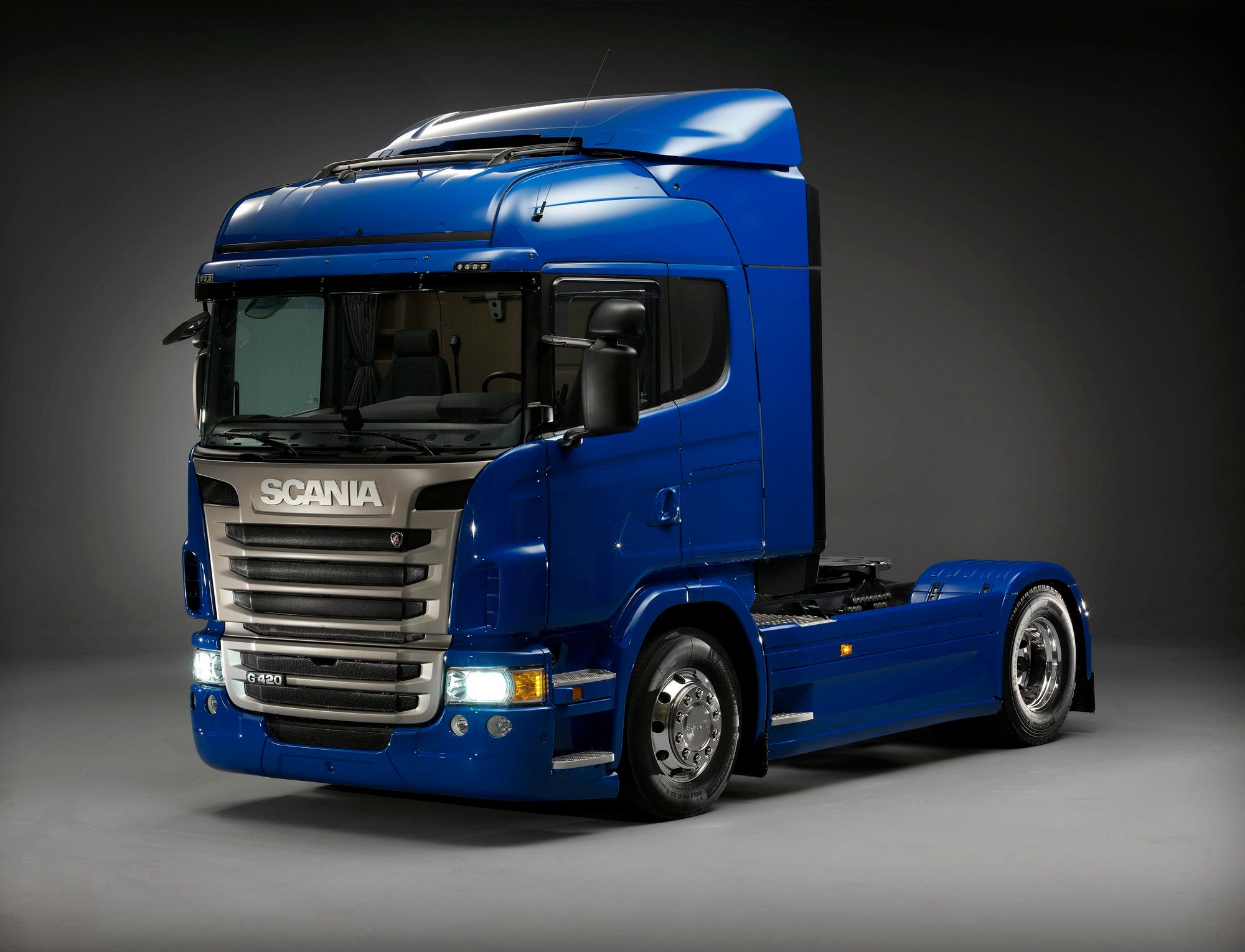
For those in specific vocational sectors like heavy equipment transport, fire apparatus, specialized refuse collection, or custom builds, Scania’s chassis flexibility and power train options can be incredibly appealing, often justifying the additional effort required for acquisition and maintenance.
Scania in the USA: Understanding the Market Landscape
Scania trucks were officially sold in the US commercial market for a period in the late 20th century but eventually withdrew due to market dynamics and regulatory challenges. This means that any Scania truck you find for sale in the USA today will likely fall into one of the following categories:
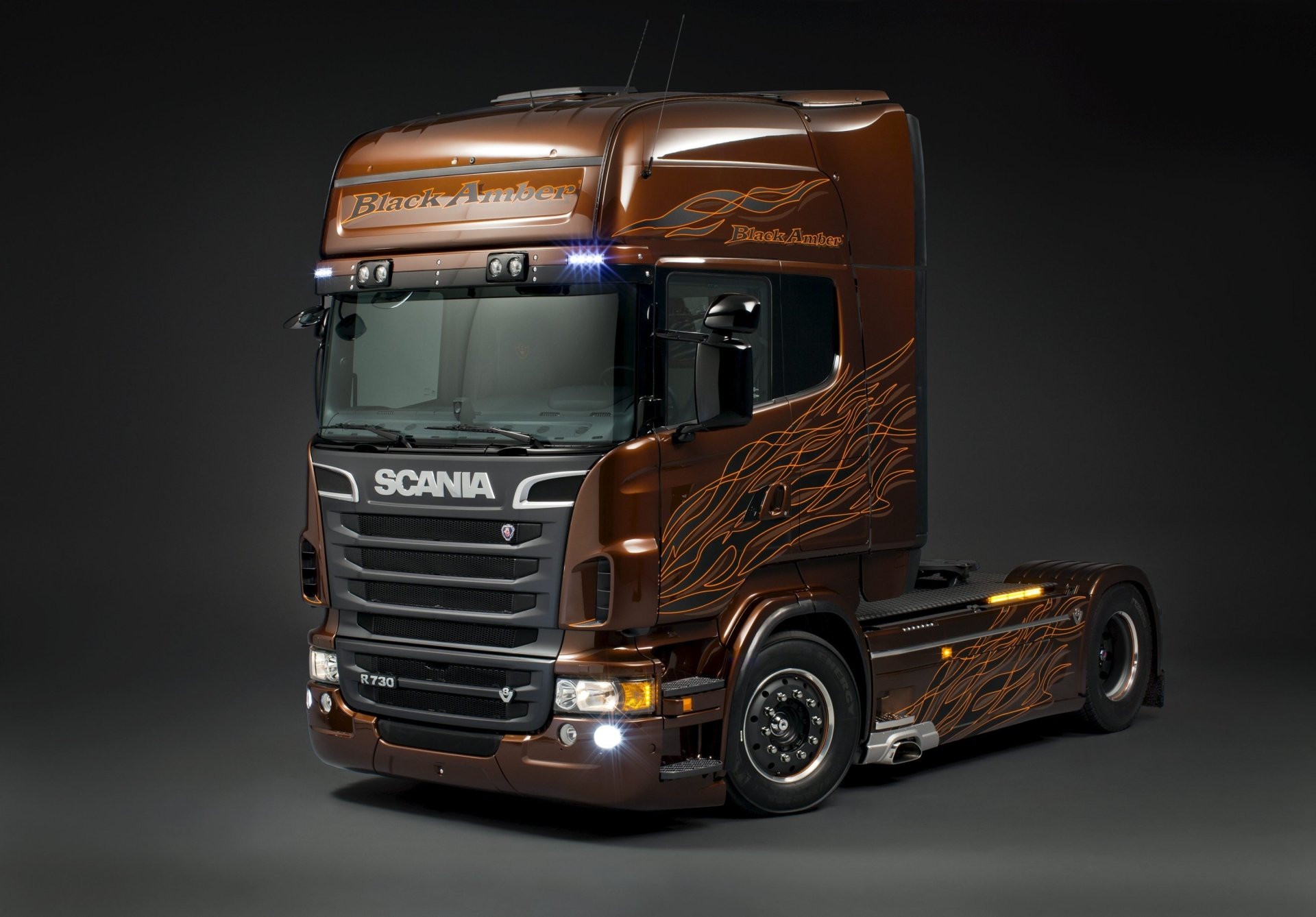
- Used Imports: The most common source. These trucks are typically imported from Canada, Mexico, or directly from Europe by specialized dealers or individuals. They might have been originally sold in those markets and then brought into the US.
- Military/Government Surplus: Scania has supplied trucks for various military and government applications globally. Occasionally, these units might enter the civilian market through auctions or specialized sales.
- Specialized Vocational Chassis: Scania has historically provided chassis for specific applications like fire trucks (e.g., airport crash tenders), heavy-duty recovery vehicles, or specialized construction equipment. These are often custom-built and sold through niche channels.
- "Show or Display" Vehicles: Very rare, these are trucks imported under specific NHTSA exemptions for collector’s purposes, with limitations on mileage and commercial use.
- Private Sales: Individuals who imported or owned Scanias for specific purposes might sell them directly.
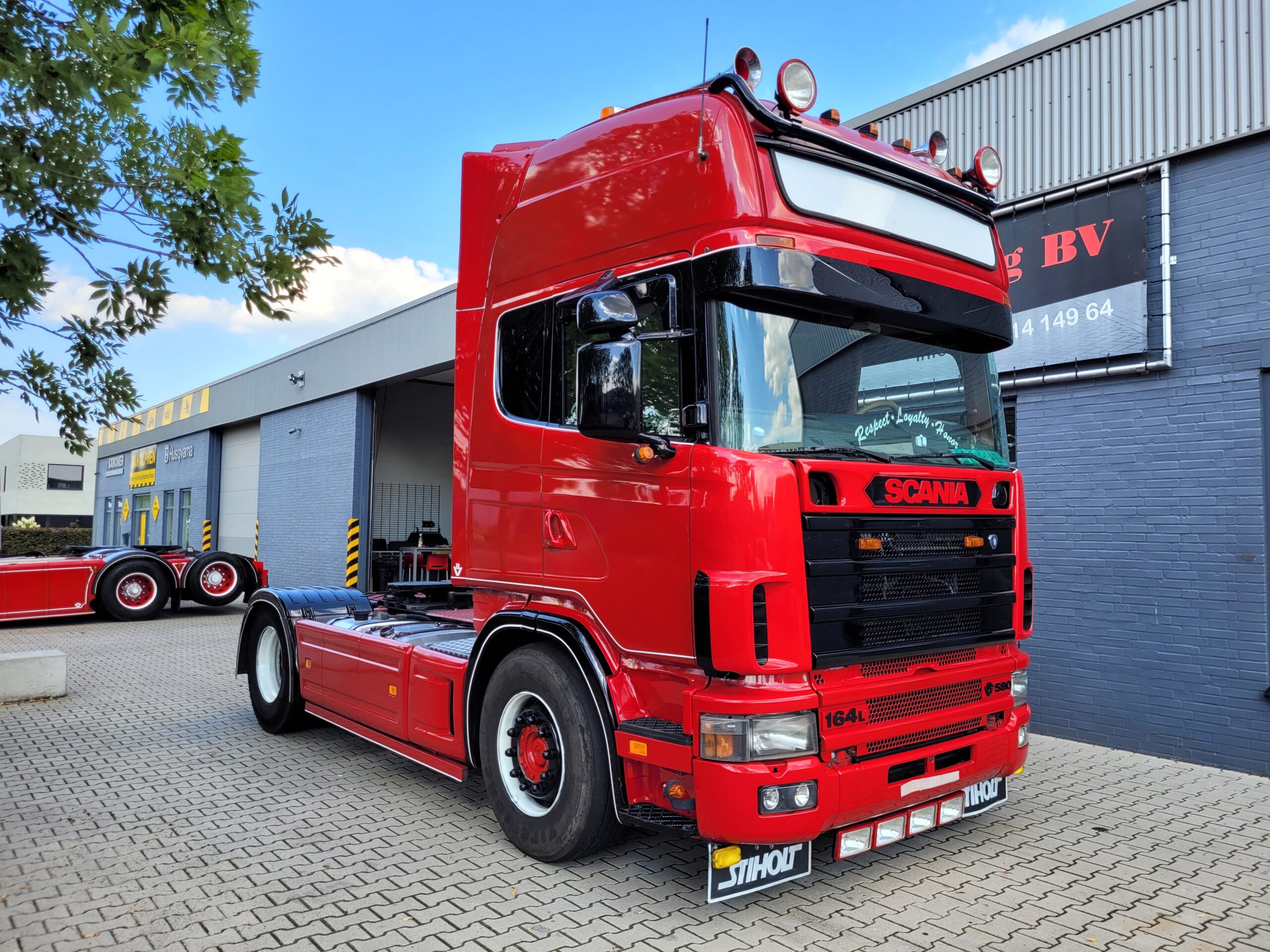
The key takeaway is that you won’t walk into a Scania dealership in the US to order a new conventional tractor-trailer. Your search will involve specialized importers, online marketplaces, heavy equipment auction sites, and potentially cross-border transactions.
Essential Considerations Before You Buy
Acquiring a Scania in the USA is not without its unique challenges. Thorough research and understanding these factors are paramount:
-
Emissions Compliance (EPA Regulations): This is arguably the biggest hurdle. US Environmental Protection Agency (EPA) regulations for diesel engines are stringent.
- Pre-2007/2010 Engines: Older Scanias (typically pre-2007 models) might be easier to import if they pre-date certain emissions standards, but still require proper documentation.
- Post-2007/2010 Engines: Newer Scania models, especially those meeting Euro V or Euro VI standards, often use different emissions reduction technologies (e.g., AdBlue/SCR, DPF) that may not be directly compliant with US EPA 2007/2010/2013/2017 standards. Retrofitting to meet US standards can be extremely complex, expensive, and often impractical. Verify compliance explicitly with the seller and, if possible, with an independent expert.
- "Show or Display" Exemption: As mentioned, this is for collectors and has strict usage limitations. Not suitable for commercial operation.
-
Parts and Service Network: Scania does not have a comprehensive service network in the US for commercial trucks.
- Sourcing Parts: Expect to import most parts directly from Europe or Canada, which can mean longer lead times and higher shipping costs. Some common wear-and-tear items might cross-reference with other European components, but specialized Scania parts will be proprietary.
- Finding Qualified Mechanics: Few mechanics in the US are familiar with Scania’s specific systems and diagnostics. You’ll likely need to rely on highly specialized independent shops, potentially requiring them to order specific diagnostic tools or expertise.
-
Financing and Insurance: Lenders and insurers may be hesitant to finance or insure a non-standard vehicle with limited parts and service availability. Be prepared for potentially higher rates or more stringent requirements.
-
Registration and Titling: State DMVs may be unfamiliar with foreign VINs and import documentation. Ensure all import duties and taxes are paid, and you have all necessary paperwork (Bill of Lading, Customs Form 7501, EPA and NHTSA declarations).
-
Resale Value: While a Scania is unique, its niche status in the US market means a smaller pool of potential buyers, which could impact resale value and liquidity compared to mainstream brands.
Popular Scania Models You Might Find in the USA
While not exhaustive, here are some Scania series you might encounter in the US market:
- R-series: Known for their premium, long-haul cabs, often featuring powerful V8 engines. These are highly sought after by heavy-haul operators and enthusiasts.
- S-series: Scania’s top-tier, flat-floor cab model (newer generation). Less common in the US due to recent introduction and stricter emissions.
- G-series: A versatile range with a slightly lower cab than the R-series, suitable for various applications, including vocational and regional transport.
- P-series: Designed for urban and regional distribution, construction, and vocational tasks, with a lower cab height for easier entry/exit. Often seen as fire apparatus or refuse trucks.
- Older Models (e.g., 4-series): More likely to meet older EPA standards, these can be found as used imports or in specialized collections.
The suitability of a particular model largely depends on its original configuration and its ability to meet US regulations. Heavy-duty chassis from any series are often favored for their inherent strength.
The Buying Process: A Step-by-Step Guide
Purchasing a Scania in the USA requires a meticulous approach:
- Define Your Needs and Budget: What will the truck be used for? What’s your realistic budget for purchase, import, compliance, and ongoing maintenance?
- Research Reputable Sources:
- Specialized Importers: These companies handle the complexities of sourcing, importing, and sometimes even initial compliance work. Look for those with a proven track record.
- Online Marketplaces: Websites like TruckPaper.com, MyLittleSalesman.com, or even eBay might list Scanias. Be wary of scams and always verify the seller.
- Auction Houses: Ritchie Bros. Auctioneers, IronPlanet, and similar platforms occasionally feature imported or specialized Scania units.
- Direct from Canada/Mexico: If you’re comfortable with cross-border transactions, this can be an option, but you’ll be responsible for all import procedures.
- Verify Compliance and Documentation: This is non-negotiable.
- EPA and NHTSA Declarations: Ensure the seller can provide proof of compliance or that the vehicle qualifies for an exemption.
- Import Documents: Bill of Lading, Customs Entry Form 7501, proof of duties paid.
- VIN and Confirm the VIN is clear and matches all documentation.
- Thorough Pre-Purchase Inspection (PPI):
- Independent Mechanic: Hire a qualified mechanic familiar with heavy trucks to perform a comprehensive inspection. Ideally, find one with European truck experience.
- Focus Areas: Engine health (oil analysis, compression test), transmission, chassis integrity, suspension, brakes, electrical systems, and critically, the emissions system (if applicable).
- Fluid Samples: Get samples of engine oil, coolant, and transmission fluid analyzed.
- Negotiation and Contract:
- Be prepared to negotiate, especially if there are any compliance or maintenance unknowns.
- Ensure the sales contract explicitly states the truck’s compliance status and any agreed-upon conditions or warranties.
- Logistics: Plan for transport from the seller’s location to yours. If importing, factor in port charges, customs brokerage fees, and inland freight.
- Registration and Insurance: Once the truck is in your possession and all documentation is in order, proceed with state-level registration and secure commercial insurance.
Maintaining Your Scania: Parts, Service, and Longevity
Owning a Scania in the USA means taking a proactive approach to maintenance:
- Strategic Parts Sourcing:
- Specialized Importers: Many US-based heavy truck parts importers can source Scania parts, though lead times vary.
- Direct from Europe: For critical or hard-to-find components, you might need to order directly from Scania dealers in Europe, requiring international shipping and customs clearance.
- Online Communities: Scania owner forums and social media groups can be invaluable resources for finding parts suppliers or cross-referencing components.
- Finding Qualified Service:
- Independent European Truck Specialists: Seek out shops that specialize in European trucks (Volvo, Mercedes-Benz, MAN, DAF). While not Scania-specific, they’ll have a better understanding of metric systems, European diagnostics, and common issues.
- In-House Maintenance: If you have the expertise and facilities, performing routine maintenance yourself can be cost-effective.
- Preventative Maintenance: Adhere strictly to Scania’s recommended service intervals. Early detection of issues is crucial to prevent costly repairs due to part availability.
- Build a Network: Connect with other Scania owners in the USA. Their experiences and knowledge can be invaluable for troubleshooting, parts sourcing, and finding service providers.
Scania Trucks For Sale USA – Estimated Price Ranges (Used & Imported)
Given the niche and often "gray market" nature of Scania trucks in the USA, establishing fixed prices is impossible. Prices fluctuate wildly based on year, model, condition, mileage, import status, emissions compliance, and whether it’s a private sale or through a specialized importer. The table below provides estimated ranges for USED and IMPORTED Scania trucks and should be used purely as a guide.
| Model Series (Typical) | Typical Application | Year Range (Est.) | Condition Factors | Estimated Price Range (USD) | Key Buying Considerations |
|---|---|---|---|---|---|
| Older P/G-series | Vocational, Utility | 1995-2006 | Fair to Good | $25,000 – $60,000 | Easier EPA, wear & tear, parts availability for age. |
| Older R-series | Heavy Haul, Collector | 1998-2007 | Good to Excellent | $40,000 – $90,000 | Iconic V8s, potential for high mileage, pre-DEF era. |
| Mid-Gen P/G-series | Vocational, Regional | 2007-2012 | Good | $50,000 – $100,000 | Tricky EPA (early DPF/SCR), robust chassis, common imports. |
| Mid-Gen R-series | Heavy Haul, Premium | 2008-2015 | Very Good | $70,000 – $150,000 | Higher power, better cabs, significant EPA hurdles. |
| Newer Gen (S/R-series) | Show, Specialized Import | 2016-Present | Excellent | $120,000 – $250,000+ | Very rare, highest EPA hurdles, "Show/Display" likely. |
| Fire Apparatus/Specialty Chassis | Airport Crash, Rescue | Varies | Excellent | $150,000 – $500,000+ | Highly specialized, often lower mileage, specific regulations. |
Disclaimer: These prices are highly speculative and depend heavily on the individual truck’s history, maintenance, modifications, and the specific circumstances of its import and sale. Always conduct thorough due diligence and get a professional appraisal.
Challenges and Solutions
| Challenge | Solution |
|---|---|
| EPA Emissions Compliance | Prioritize pre-2007 models. For newer models, verify explicit, documented compliance or consider only for "Show/Display" (limited use). Consult an emissions expert. |
| Limited Parts Availability | Source from specialized importers, direct from European dealers. Maintain a good relationship with a parts supplier. Join owner forums. Buy common spares. |
| Lack of Scania Service Network | Find independent mechanics specializing in European heavy trucks. Develop in-house maintenance capabilities if possible. Utilize online communities for advice. |
| Financing & Insurance Hurdles | Work with lenders and insurers experienced with unique or imported vehicles. Be prepared to pay higher rates or provide a larger down payment. |
| Registration & Titling Complexity | Ensure all import documents (EPA, NHTSA, Customs) are complete and accurate. Be patient and persistent with your state DMV. |
| Potentially Lower Resale Value | Understand the niche market. Price competitively when selling. Highlight unique features and maintenance records. |
Frequently Asked Questions (FAQ)
Q1: Are new Scania trucks sold in the USA for general commercial use?
A1: No, Scania does not currently have a general commercial truck sales network for new trucks in the USA. Any Scania trucks found for sale are typically used imports or specialized vocational units.
Q2: Why are Scania trucks so rare in the USA?
A2: Scania withdrew from the general US commercial truck market decades ago, primarily due to fierce competition from established domestic brands and the complexities of meeting evolving US emissions and safety regulations.
Q3: What’s the biggest hurdle to owning a Scania in the USA?
A3: Emissions compliance (EPA regulations) is usually the biggest challenge, especially for newer models. Ensuring the truck meets US standards or qualifies for an exemption is critical for legal operation.
Q4: Where can I find parts for Scania trucks in the USA?
A4: Parts are primarily sourced through specialized heavy truck parts importers in the US, or directly from Scania dealerships in Europe or Canada. Online communities and owner forums can also be valuable resources.
Q5: Can I legally import a Scania truck myself?
A5: Yes, but it’s a complex process involving strict adherence to US Customs, EPA, and NHTSA regulations. It’s often advisable to use a reputable specialized importer or customs broker who is familiar with vehicle imports.
Q6: Are Scania trucks reliable?
A6: Yes, Scania has a global reputation for building highly reliable, durable, and fuel-efficient trucks. Their modular design also often simplifies maintenance. The challenge in the US lies in access to parts and specialized service, not inherent reliability.
Conclusion
Acquiring a Scania truck for sale in the USA is not an endeavor for the faint of heart, but for those willing to navigate its unique challenges, the reward is a truly exceptional piece of Swedish engineering. Whether driven by a passion for European trucks, a need for specialized heavy-duty performance, or a desire for exclusivity, owning a Scania in America offers a distinct experience.
Thorough research, meticulous attention to compliance, a robust plan for parts sourcing, and a network of knowledgeable contacts are your most valuable assets. While the road to Scania ownership in the USA may have more curves and detours than buying a domestic brand, for the dedicated few, the journey is well worth the destination. The roar of a Scania V8 or the smooth ride of its well-engineered chassis serves as a constant reminder of the unique appeal of these Swedish giants.

